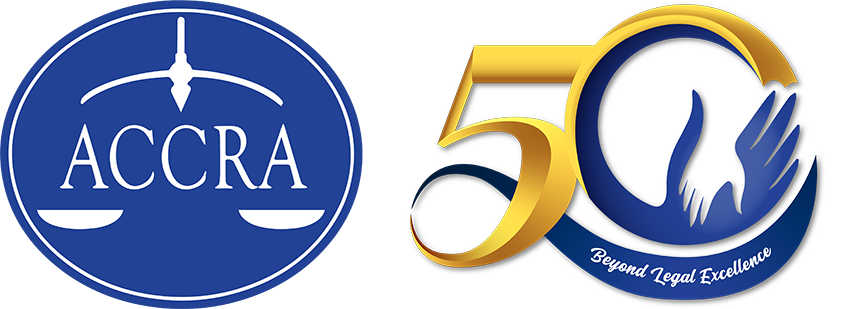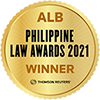In 2016, several art scholars and museums embarked on a project to digitally produce 17th-century artist Rembrandt’s next work, by using a computer to analyze his paintings and generate a new one that was digitally based off the style present in his works. Considered a groundbreaking innovation at the time, anyone, nowadays, can generate artwork through computers by merely typing a text prompt of what they would like to see. Artificial Intelligence (AI)-generated artwork has even started to see mainstream use, with renowned magazines like Cosmopolitan and The Economist using AI-generated artwork for the covers of their June 2022 issues.
The rapid rise in popularity of AI artwork, especially over the past year, has raised concerns regarding its potential impact on intellectual property, especially on copyright, which gives the utmost importance to creations made by human minds. Under the Philippine Intellectual Property Code (IP Code), copyrightable works are original intellectual creations in the literary and artistic domain protected from the moment of their creation, which include works such as drawing, painting, and pictorial illustrations. The IP Code specifies that copyright belongs to the author of the work, and an author is defined as the natural person who created the work or whose name is indicated on the work.
Under Philippine copyright law, only humans may own and create copyrightable works. In the United States, whose IP law and jurisprudence Philippine IP law patterns itself after, it seems that the copyrightability of AI-generated artworks depend on whether the creation of the artwork is described as “assisted by” AI or “autonomously created” by AI, given that a graphic novel in which only the artwork is listed as generated by AI has been successfully registered in the United States Copyright Office while a painting listed as wholly created by AI was not.
Apart from copyrightability, there are also concerns as to the risk of copyright infringement with AI art. Under the IP Code, the author or his/her assignees has the exclusive right to carry out or authorize the reproduction, arrangement, and other transformation of the copyrighted work. Given that the AI models used to generate the art are trained using pre-existing images which may already be covered by existing copyrights, unauthorized reproduction of the images may occur. There are also possible liability issues if the image generated by the AI resembles copyrighted characters or trademarked logos.
In looking at whether the use of pre-existing images by the AI models constitute copyright infringement, one may turn to Section 185 of the IP Code for guidance. Under Section 185, the fair use of a copyrighted work for criticism, comment, news reporting, teaching including multiple copies for classroom use, scholarship, research, and similar purposes shall not constitute copyright infringement. In other words, it may be argued that the use of the pre-existing copyrighted images to train the AI models is for research or another similar purpose. The issue of infringement may also be sidestepped if the pre-existing images are part of public domain, such as Rembrandt’s paintings.
As for determining whether or not an AI-generated artwork which resembles an existing copyrighted work too closely constitutes fair use, the IP Code has adopted the four-factor test from United States jurisprudence, which considers the following: (1) the purpose and character of the use; (2) the nature of the copyrighted work; (3) the amount and substantiality of the portion used; and (4) the effect of the use upon the potential market for or value of the copyrighted work. Accordingly, such determination of copyright infringement would have to be on a case-to-case basis.
All in all, the legal implications of AI art are still very much a gray area. But as the use of AI art for both personal and commercial use is becoming more widespread, it is hoped that we will soon see a definitive stance on where exactly AI art stands when it comes to copyright.
This article is for informational and educational purposes only. It is not offered and does not constitute legal advice or legal opinion.
Razel Ann P. Esteban is an associate of the Intellectual Property Department of the Angara Abello Concepcion Regala & Cruz Law Offices (ACCRALAW).




